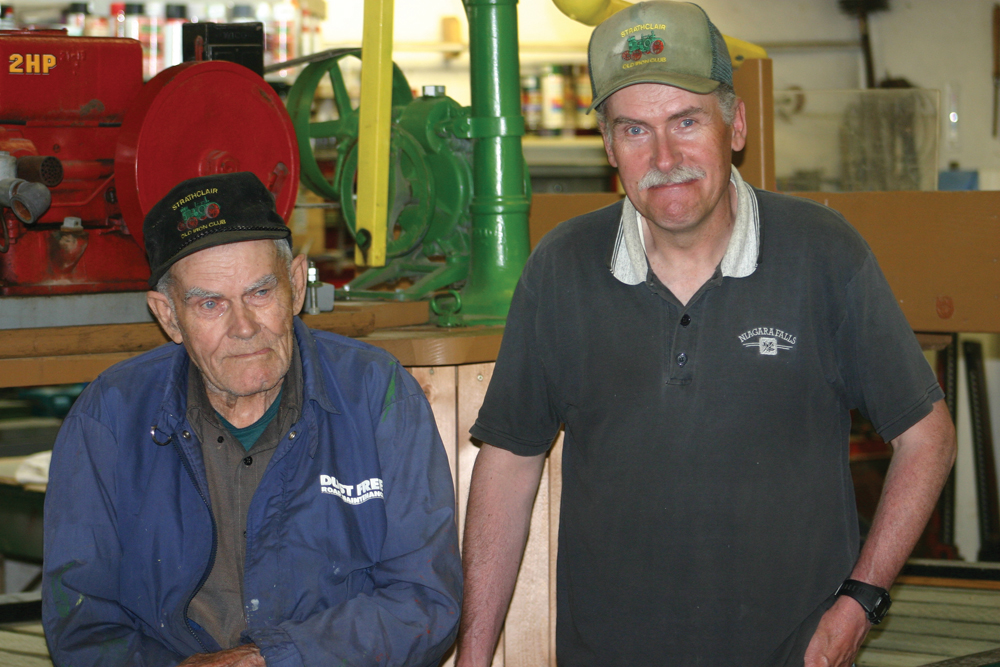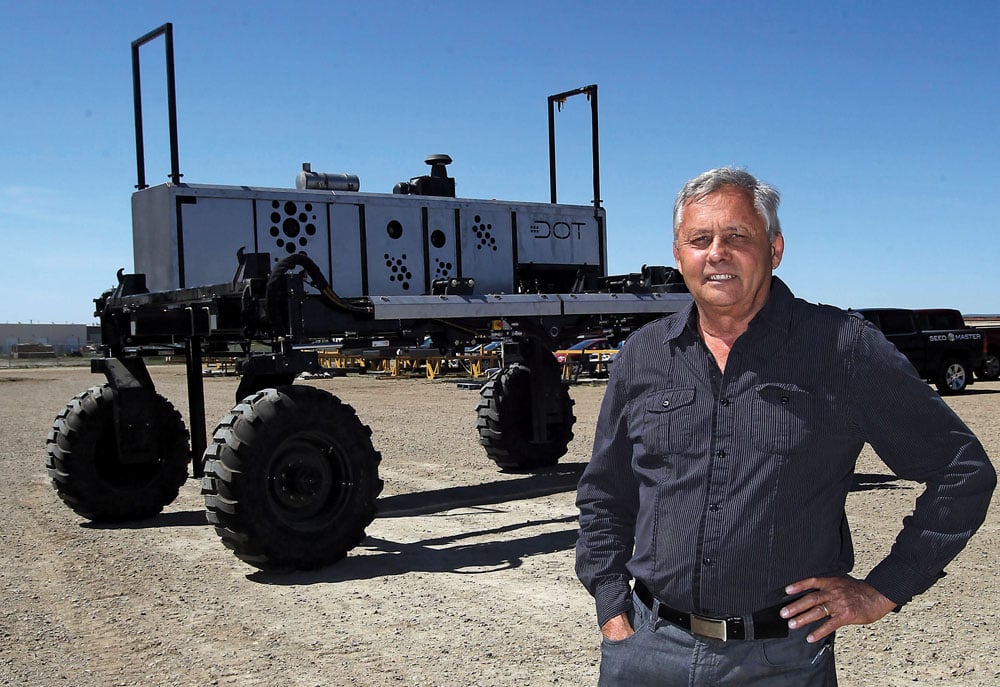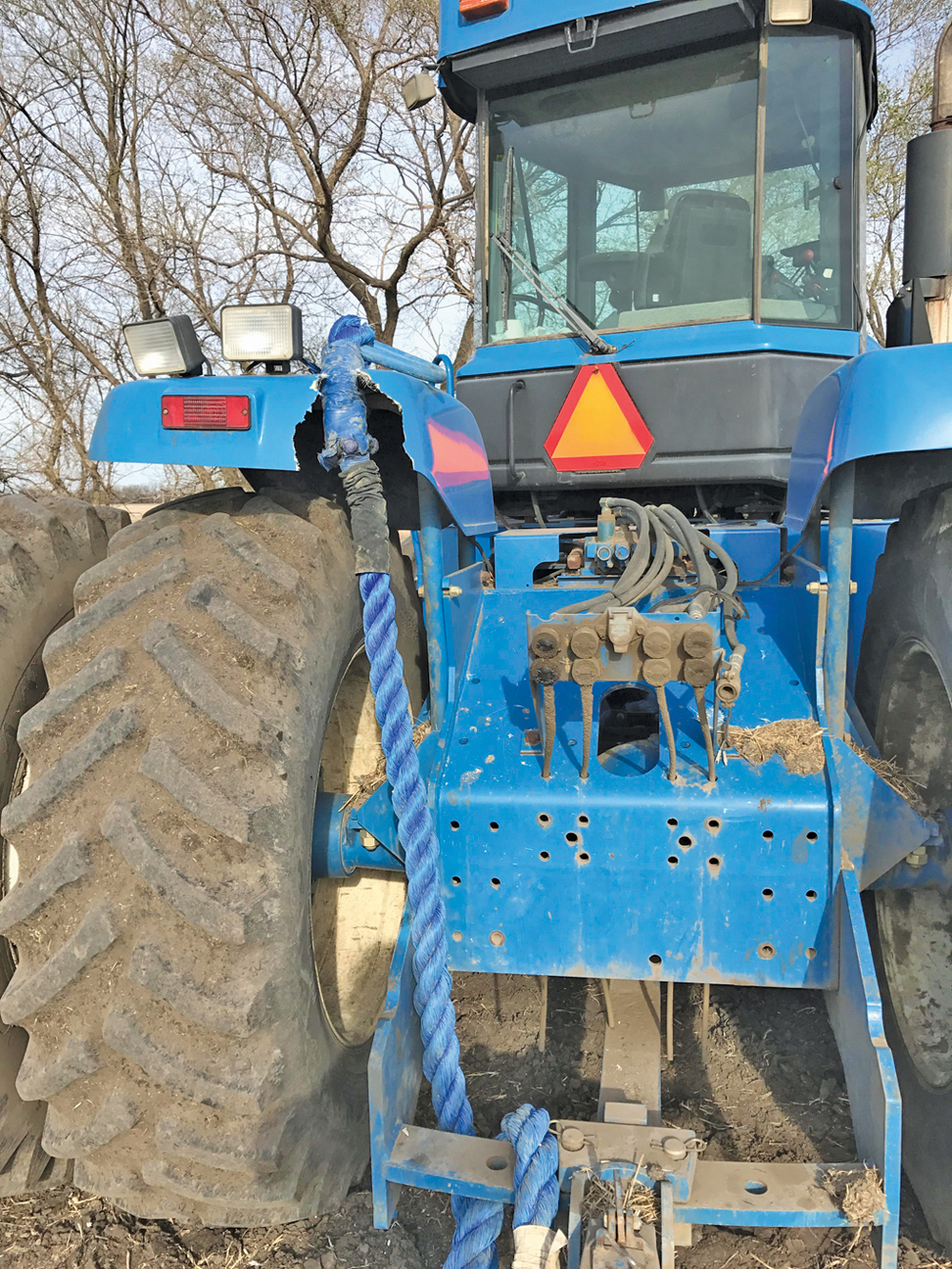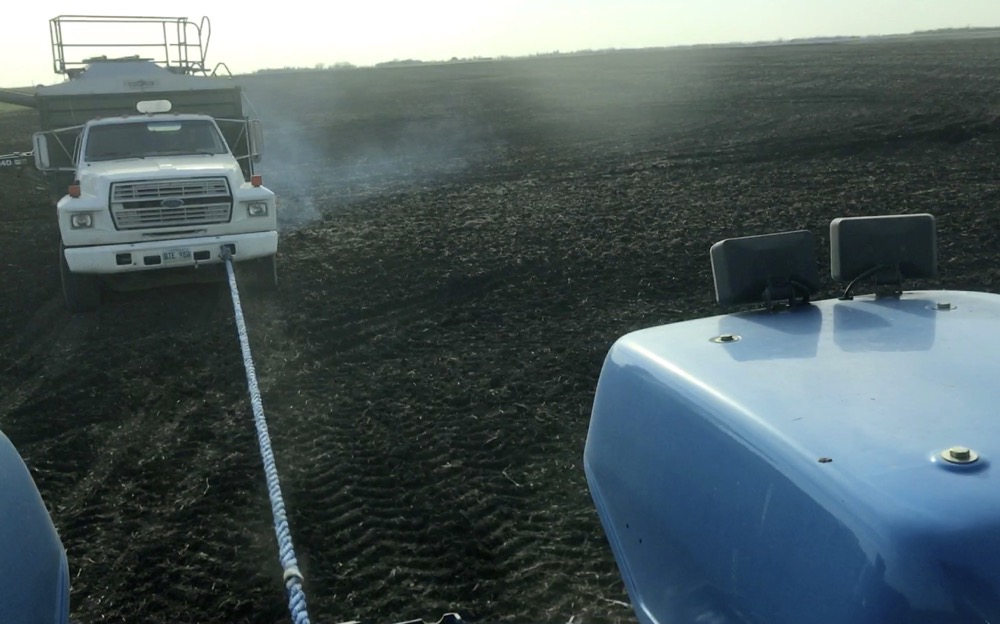Different equipment brands work together better in Europe than in North America, according to one presenter at Southport’s second precision agriculture workshop Dec. 12.
Jeff Ziegler of precision ag firm Trimble says North America is years behind Europe in adopting ISO international standards on equipment compatibility.
Those standards (commonly referred to as ISOBUS) were rolled out in the ’90s, with the promise that eventually implements would be “plug and play” across brand lines.
The document itself covers 14 aspects of machinery, from physical compatibility to electronic applications, a feature that allows producers to have a single screen in their cab rather that a virtual garden for each implement.
Read Also
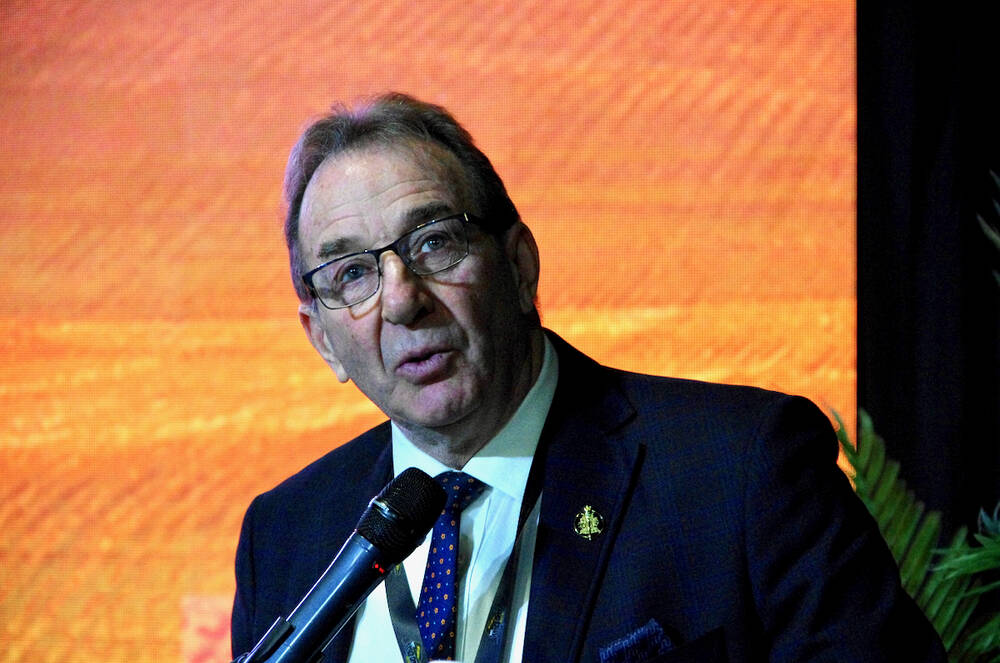
AgriStability enrolment deadline extended
The deadline for Manitoba farmers to enroll in the AgriStability business risk management program has been extended by three months agriculture minister Ron Kostyshyn announced on Friday.
That same complexity, though, has led to problems and eventual frustration with the system.
“Due to the complexity of the standard, and often different interpretations of what functionalities (parts) of the standard were offered to the end-customer, sales and dealers often sold solutions as ISOBUS compatible, basically without knowing what is behind the functionality of a certain product,” the Agricultural Industry Electronics Foundation (AEF) reported in its overview of ISOBUS. “Apart from that, the ag industry used all kinds of different wording and naming towards the markets, such as, for example, ‘ISOBUS prepared,’ or ‘ISOBUS light,’ all misleading the end-customer.”
The AEF is responsible for a number of projects to overcome compatibility issues and improve ISO.
In Europe, equipment manufacturers have bought into the standards, despite the speed bumps in the early ’00s.
In North America, ISOBUS also appears with major equipment companies.
Ziegler, however, says there is a long way to go.
“The idea of ISO is that all the brains are on the implement so when that implement is hooked onto the tractor, that tractor says, ‘Oh, I know that this is “this” implement,’ and it basically has all the right measurements and all the right configurations for the implement populate on the screen of the tractor,” he said. “The problem in North America (is) there have been a few manufacturers who sort of adopted the ISO standard, but they didn’t adhere to it completely, so that of course left a lot of people not really fond of ISO, but I think we’re getting to the point now, or at least in North America we’re finally getting to the point, where we’re maybe going to catch up with Europe a little bit.”
This year, Trimble acquired ISO pioneering company Mueller-Electronics. The German company is a major supplier of electronic controls and software for agricultural equipment.
That addition will help push ISO in North America, Ziegler said.
“I don’t think any user is going to put up with the fact that it’s only ISO to a certain point on a third-party display, but it has the full capability on their own brand of display,” he said.







